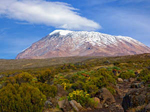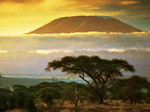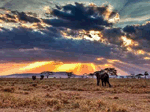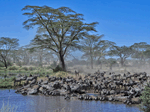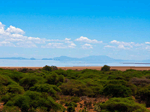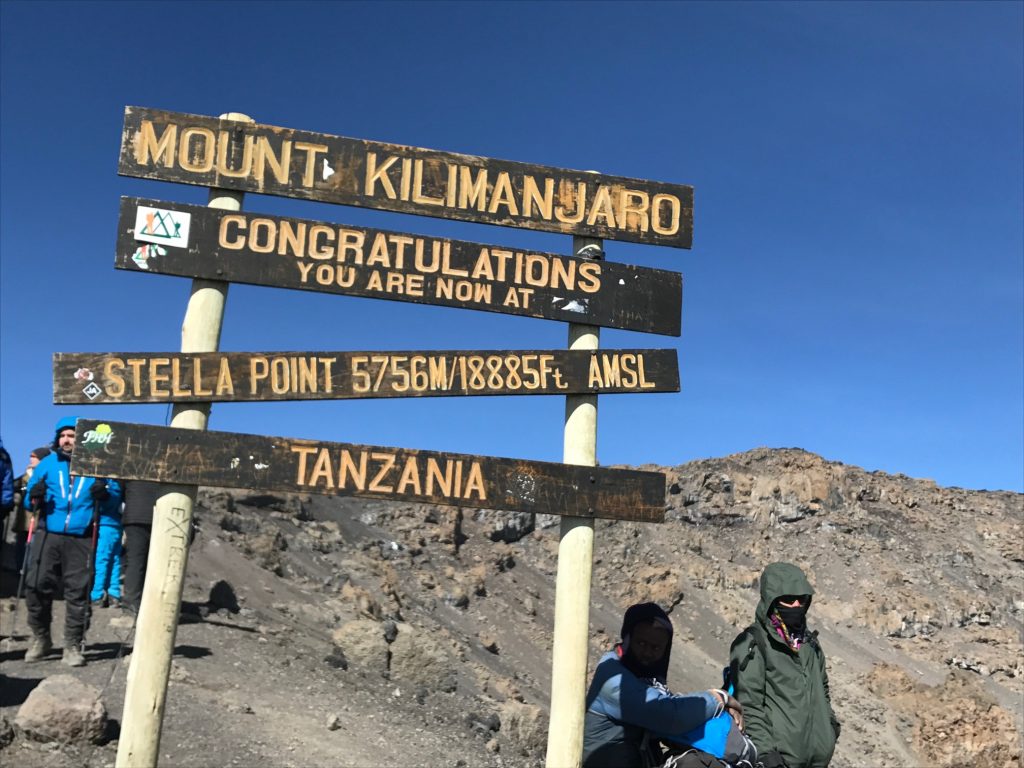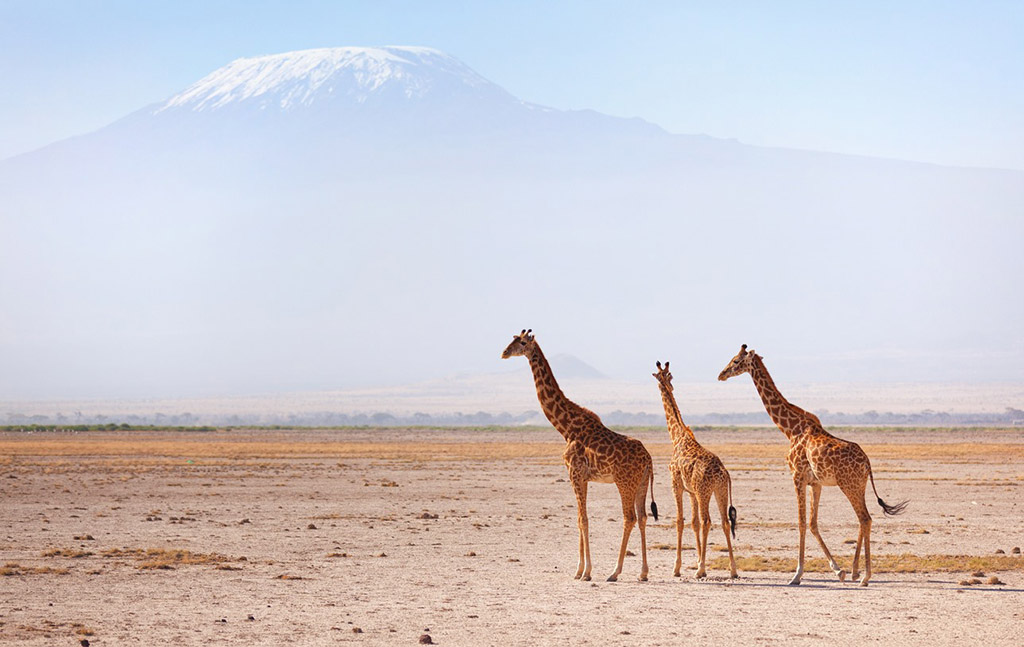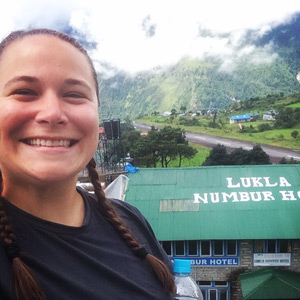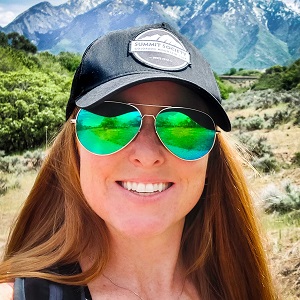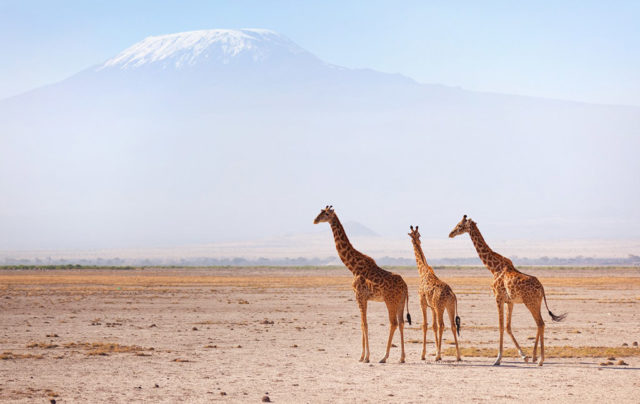
If you’ve had a trip to Kilimanjaro in the back of your mind for a while, consider this the final push! Kilimanjaro should be your first choice when it comes to trekking in Africa. With the right preparation and determination, you could reach the ‘Roof of Africa’. It’s a life changing journey that will take you through unique and alluring landscapes filled with geographical wonders. What better way to test your limits, see the delightfully biodiverse ‘heartland’ of Africa, or expand your cultural horizons? Here our top 7 reasons for climbing Kilimanjaro.
1. Africa’s Tallest Summit
The famed Kilimanjaro is not only the tallest mountain in Africa, but also the highest free standing mountain in the world. It holds the title of the 4th highest of the Seven Summits, and as the most accessible it is also the most popular. Unlike the other Seven Summits, no technical climbing skills are needed, giving it the nicknames of the ‘walk up’ or ‘every man’s’ mountain. Summiting this impressive peak and dormant volcano is an admirable mountaineering challenge and an experience never to be forgotten. Check our blog post on the different routes to the summit.
2. Ecological Zones
As you begin the climb to Uhuru Peak, you’ll watch the landscape morph in many distinct, fascinating and seemingly otherworldly ways. These are Kilimanjaro’s famous five ecological zones, changing every 3-4,000 ft. Starting in the green cultivation zone, the terrain changes into rain forest, Heather-Moorland, alpine desert and ultimately the summit glaciers. It has often been likened to hiking from the Equator to Antarctica in a matter of days, experiencing all the environments in between. While the differences may seem bland on paper, as you hike it is incredible to see the plants and animals around you change completely throughout your ascent. Ask your guides about the unique habitats you’re seeing, they know the mountain and can explain everything.
3. Giant Flora
Within the Alpine zone of Kilimanjaro (between 12-14,000 feet) giant lobelia begin to appear and above 14,000 feet, the distinctive giant groundsels are found. Giant lobelia have a spherically shaped rosetta and can reach a height of 9 feet. The giant groundsels, otherwise known as Senecios, look something like a candelabra made of burnt pineapples and can grow up to 30 feet tall. The isolated circumstances under which these flora evolved has given Kilimanjaro the title of a ‘biodiversity island’. Although other African summits might have similarly evolved groundsels, the ones endemic to Kili are unlike any other species in the world. The photo opportunities provided by these enchanting plants are exclusive to those who trek Africa’s tallest mountain.
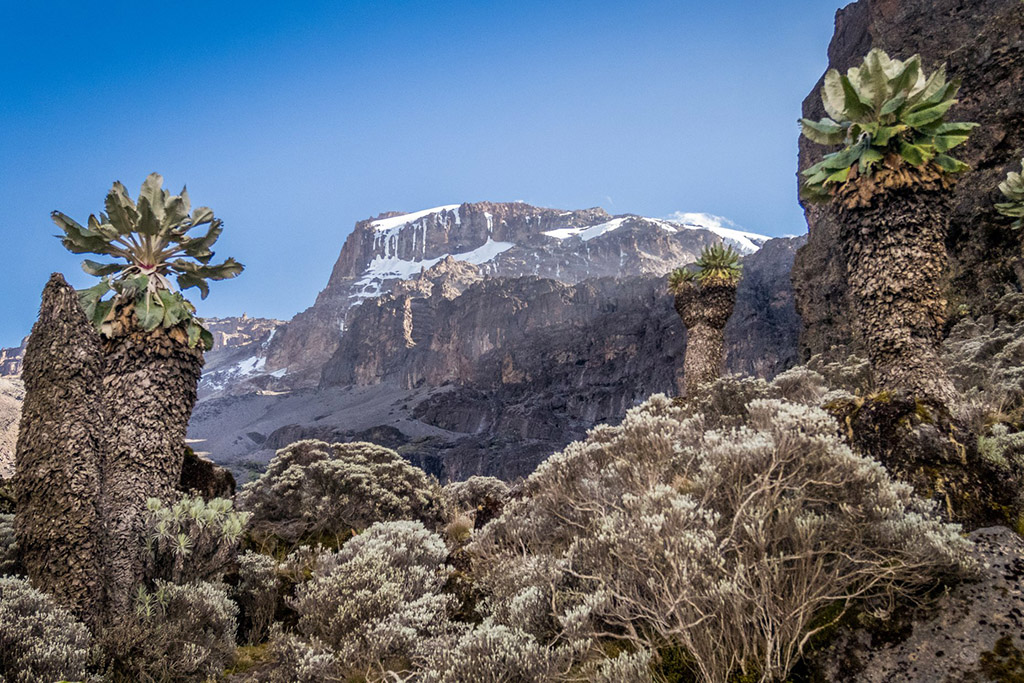
4. Glaciers
If you’re surprised to hear there are glaciers atop Kilimanjaro, you wouldn’t be the only one. When news of the discovery first reached Europe, it was refuted as impossible for there to be glaciers so close to the equator. However, we are now all fortunate to know that climbing Kilimanjaro is a wonderful way to get up close to Africa’s best glaciers. Looking up from Camp Barranco you’ll see glaciers shining high above or stay in Crater Camp to experience their dazzling radiance from close proximity. From Uhuru Peak, you will be treated to particularly beautiful views of Rebmann Glacier reflecting the orange rays of sunrise. No matter what route you take, you are likely to get some great views and photo opportunities of Kilimanjaro’s glaciers in the clouds.
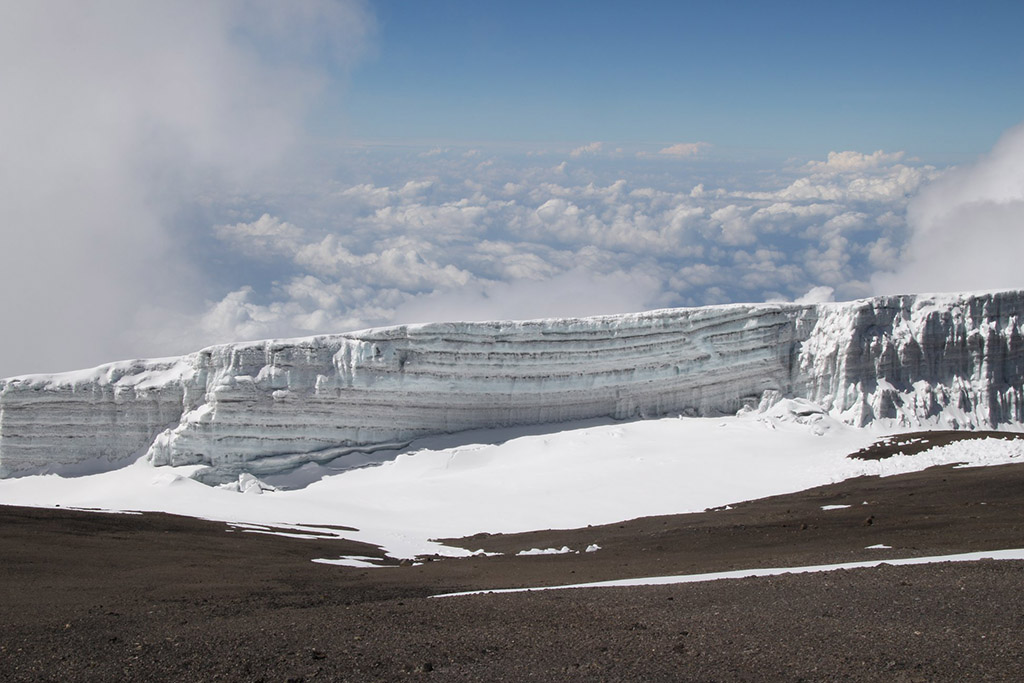
5. Expert Team
Taking on Kilimanjaro is no joke, many of our guests describe the summit night as one of the hardest things they’ve ever experienced. To get there you need experts that know the mountain and how to keep you safe as you climb to almost 5900 meters elevation. You also want a team of guides that can keep you motivated on the trail and provide a great experience in camp in the evenings. You will be spending around a week with the team, so having the right people with you on the mountain makes all the difference. Our guides are extremely experienced, with over 100 successful summits each, certified in Wilderness First Aid (WAFA), and knowledgeable about the mountain, its animals, wildlife, and history (Why book with Us). All of this on top of the fact that they are great fun to be around! Each had limitless stories of the mountain and its local cultures. Enjoy each day of trekking to reggaeton, cracking jokes, and making lifelong friends.
6. Explore Moshi
As the closest town to Kilimanjaro, Moshi has hugely benefited from the mountain’s popularity as the best place to trek in Africa. The vibrant city now offers many great activities to experience in its own right. There’s the Materuni waterfall to visit or the Kikuletwa hot springs to relax in. If you are interested in the local Chaaga or Masai cultures, there’s plenty of opportunity to be exposed to new ways of living and thinking in Moshi. To see how the locals live, just visit the local markets, restaurants, villages, or take a tour of the many coffee plantations. Experiencing amazing and diverse cultures in this way really expands your worldview. An opportunity to explore Moshi shouldn’t be passed up!
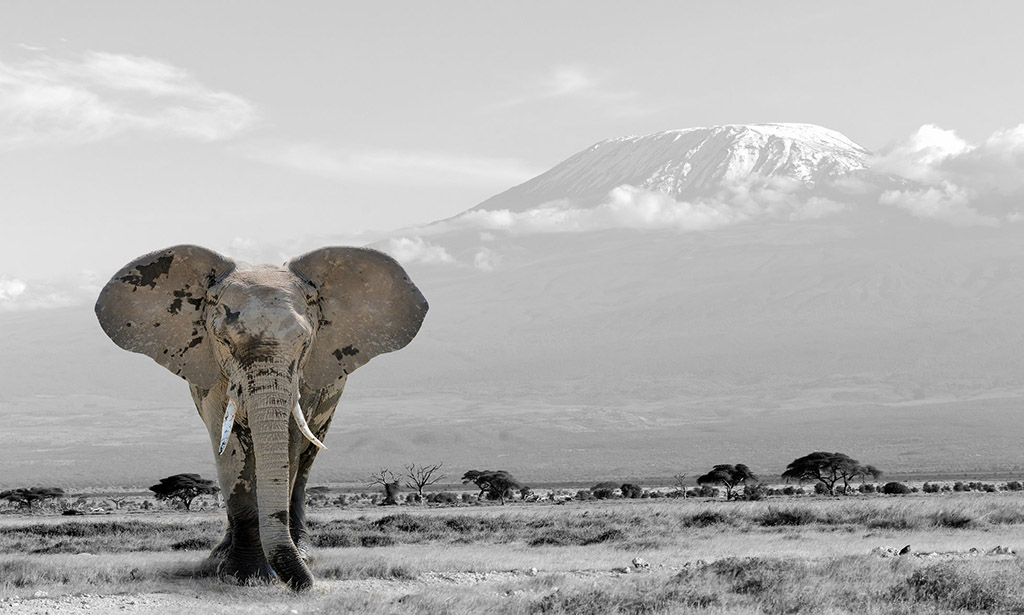
7. Tanzania’s Safari Parks
Outside of Kilimanjaro National Park reside some of the world’s finest ‘Big Five’ reserves where all of Africa’s most famous residents live. In the Serengeti, the Great Migration hosts innumerable wildebeest and zebras traversing into neighbouring Kenya in a spectacular exodus. Its renowned savannahs also provide homes to roaming elephants, prides of lions, and umbrella trees where leopards lounge in the shade. The nearby Ngorongoro Crater, with its 25,000 animals, is the densest concentration of predators per capita in any African park and is always worth a visit. Our safaris also visit Arusha, Tarangire, or Lake Manyara National Parks known for Mount Meru, Boabab trees, and flamingos respectively. Don’t leave Tanzania without visiting some of its world famous parks! Regardless of the park you visit, Tanzania’s wildlife viewing provides for a safari like none other. Check out our Tanzania safari packages that can be easily combined with a climb.
There are many good reasons to visit Kilimanjaro, certainly more than we’ve listed here. If you are on the fence, we can guarantee that this journey is not one you’d regret making. We hope this article was helpful and would love to aid in planning your trip. Don’t hesitate to reach out! Please like, comment, and subscribe to our mailing list to let us know how we’re doing.
